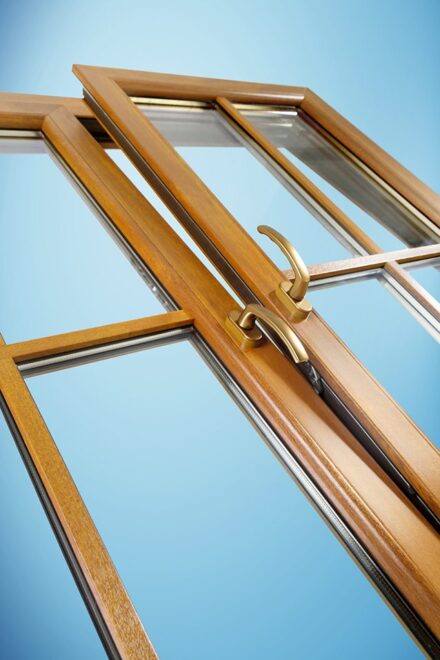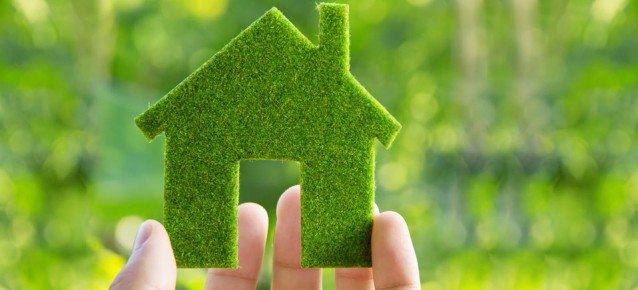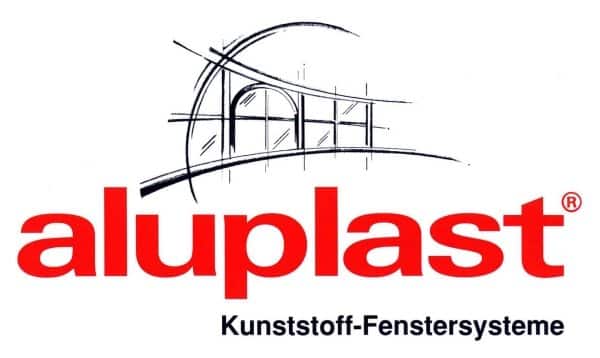
Our Mission
We want every home to enjoy Ecobau quality at the lowest possible price without sacrificing quality.
Our Vision
Our vision is to offer the highest quality window frames on the market, thereby creating true advocates, not just satisfied customers.
To stay updated on new videos we upload, subscribe to our YouTube channel





